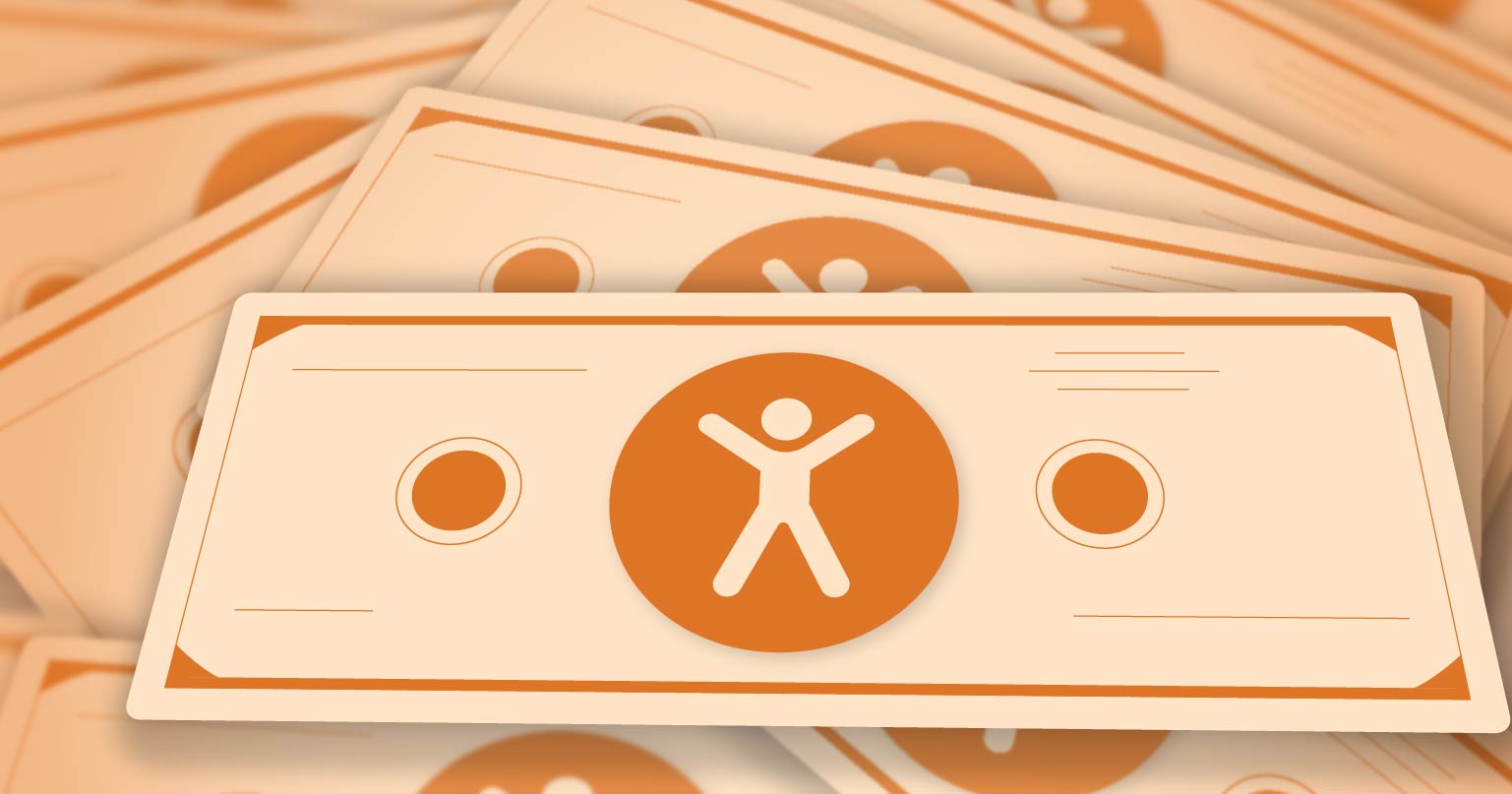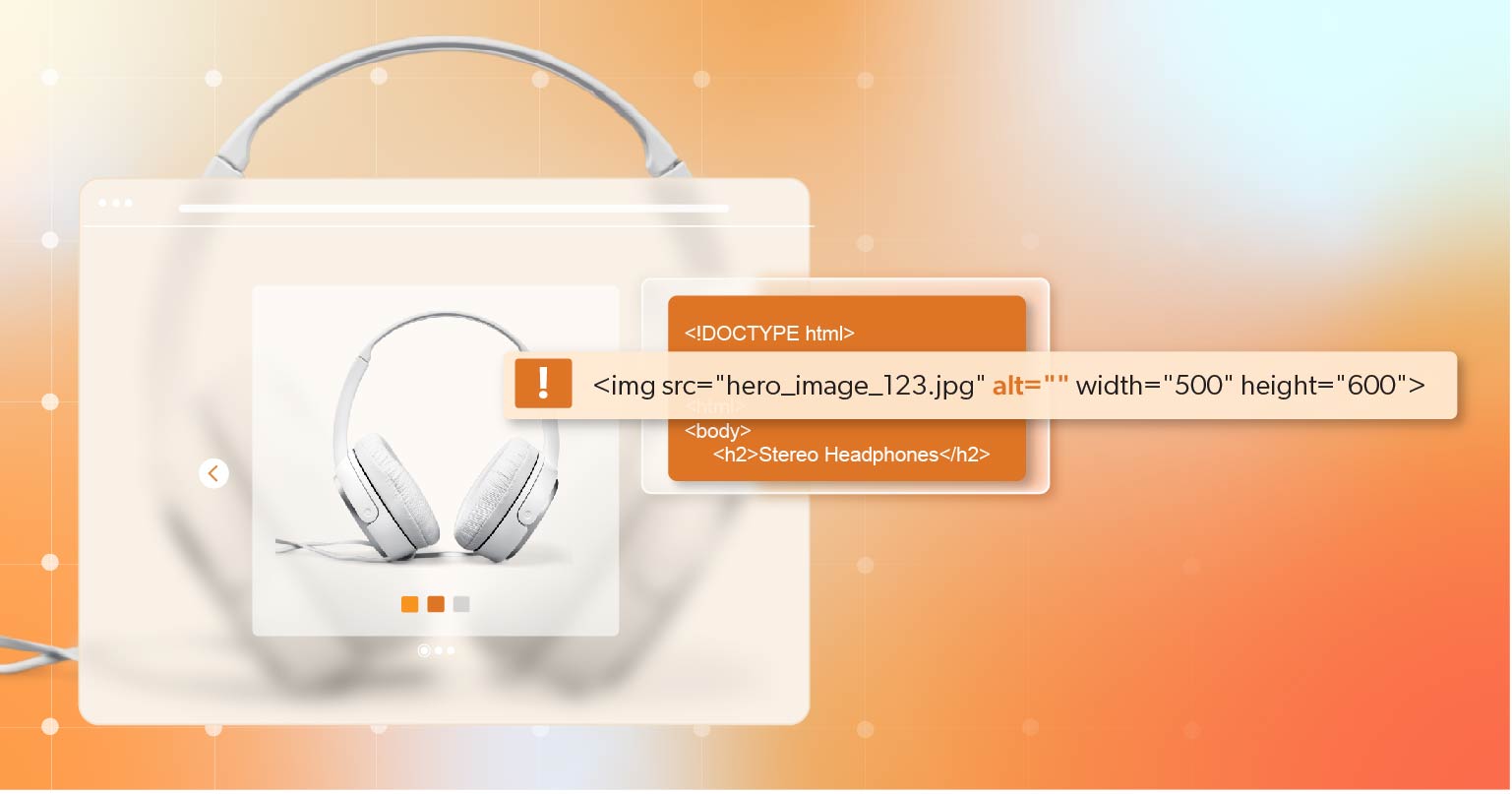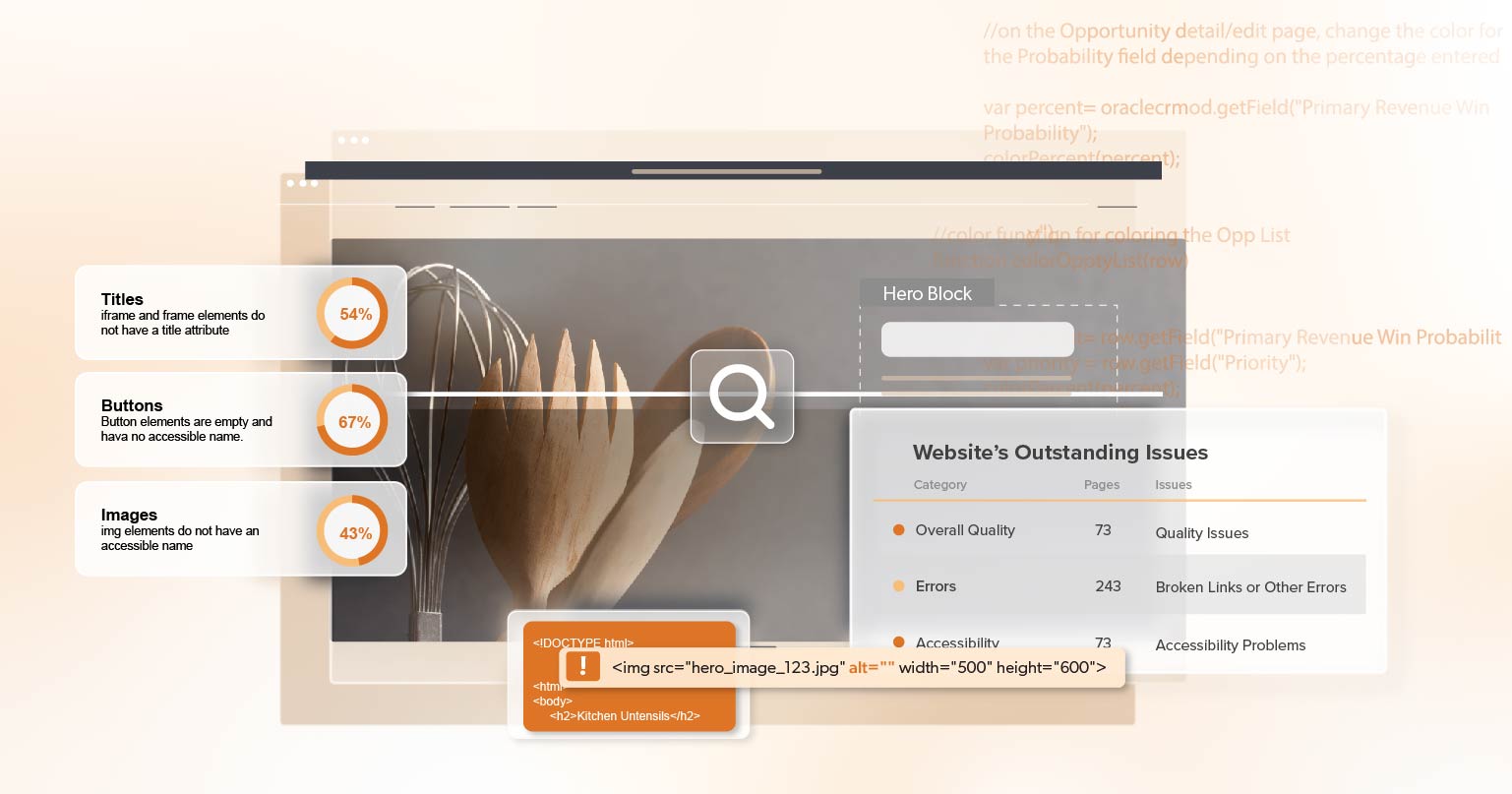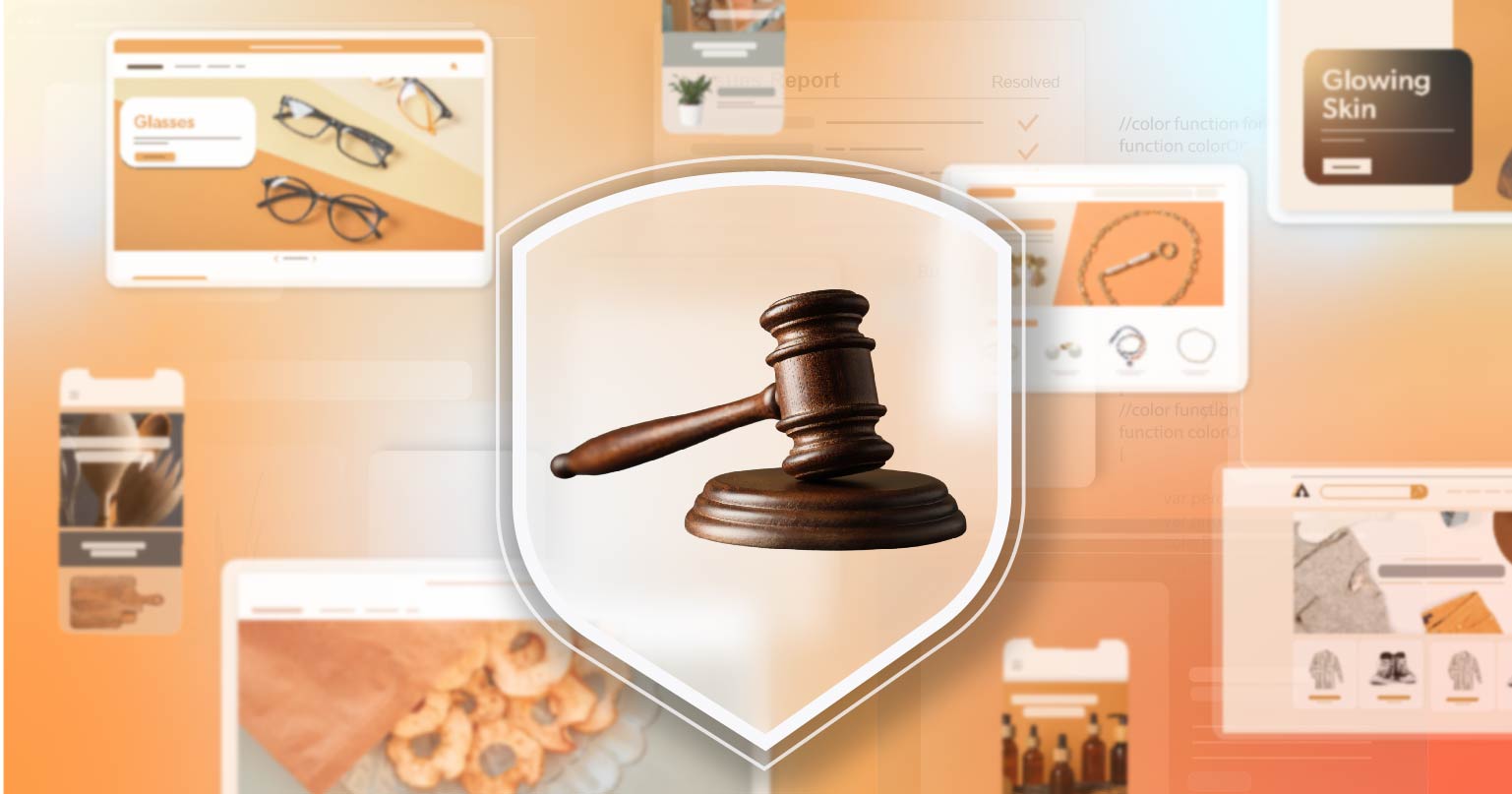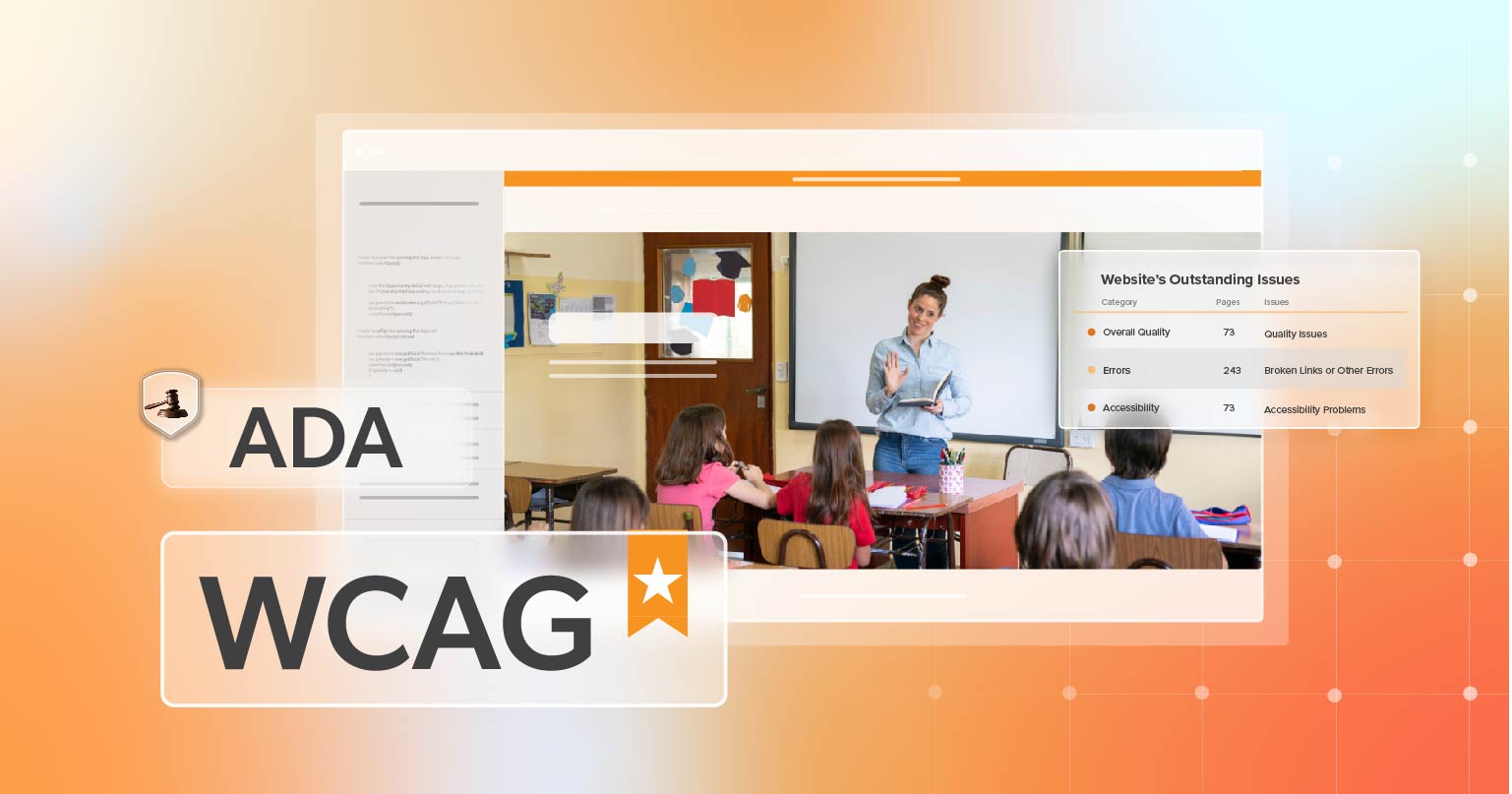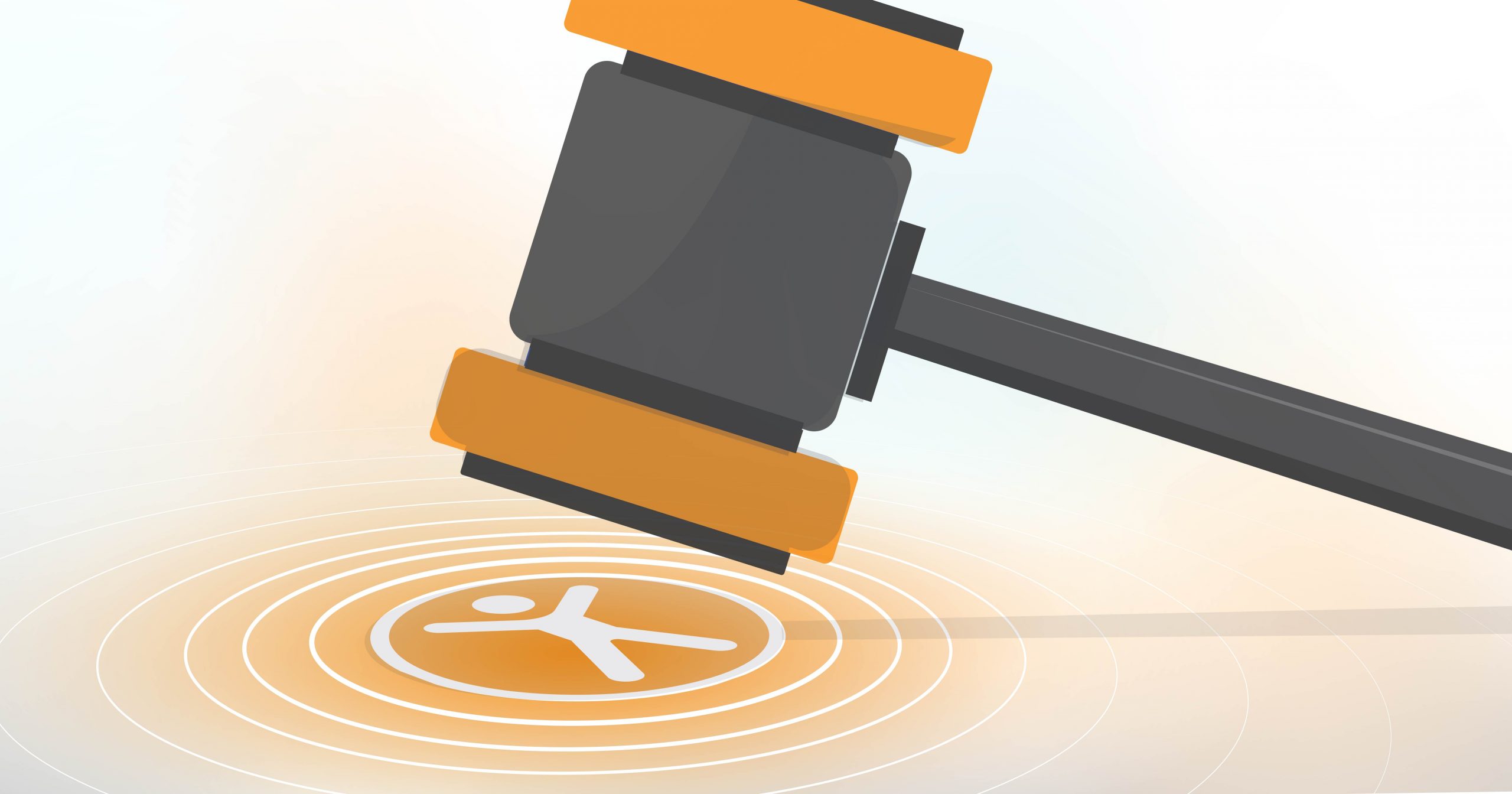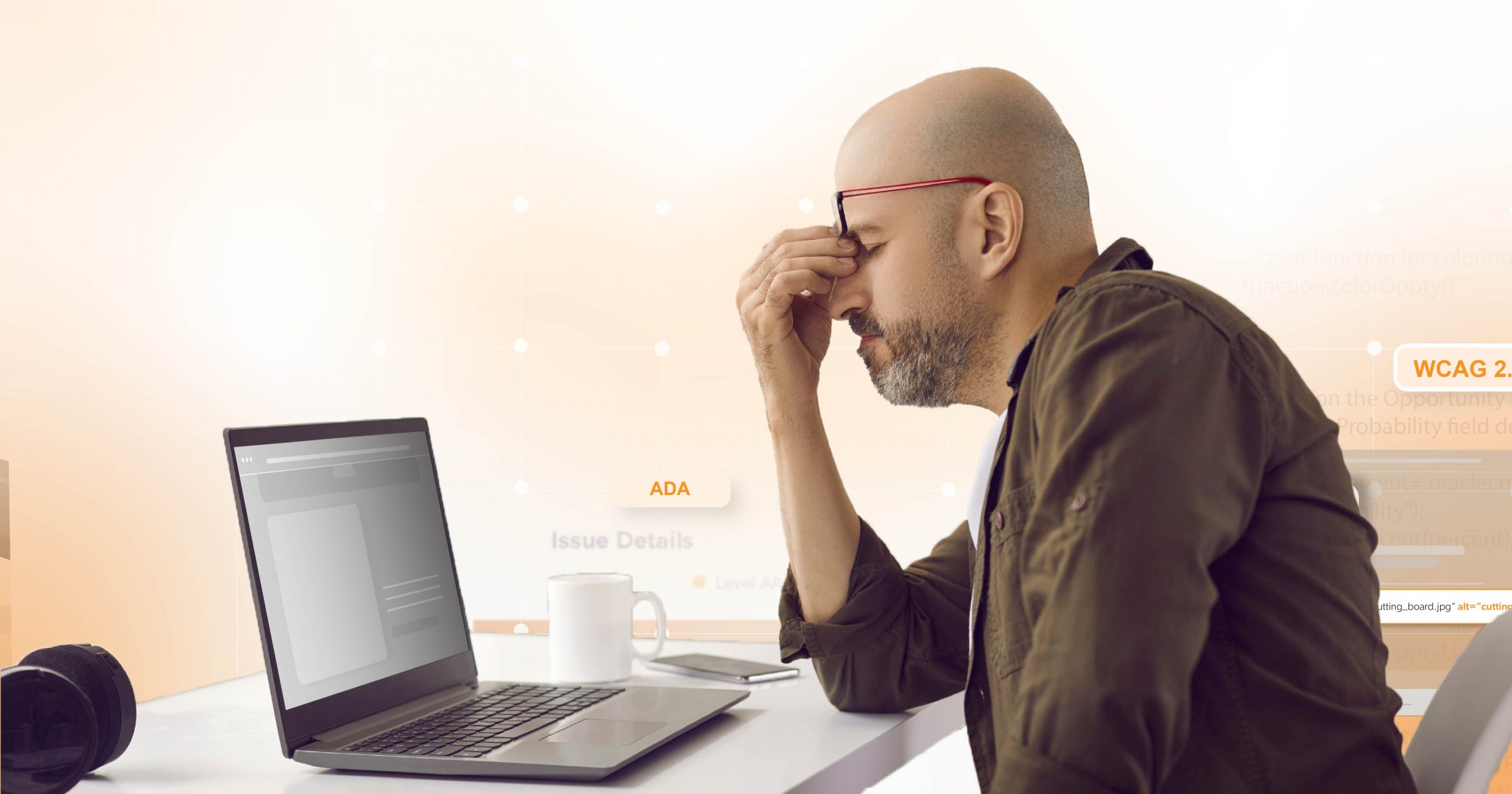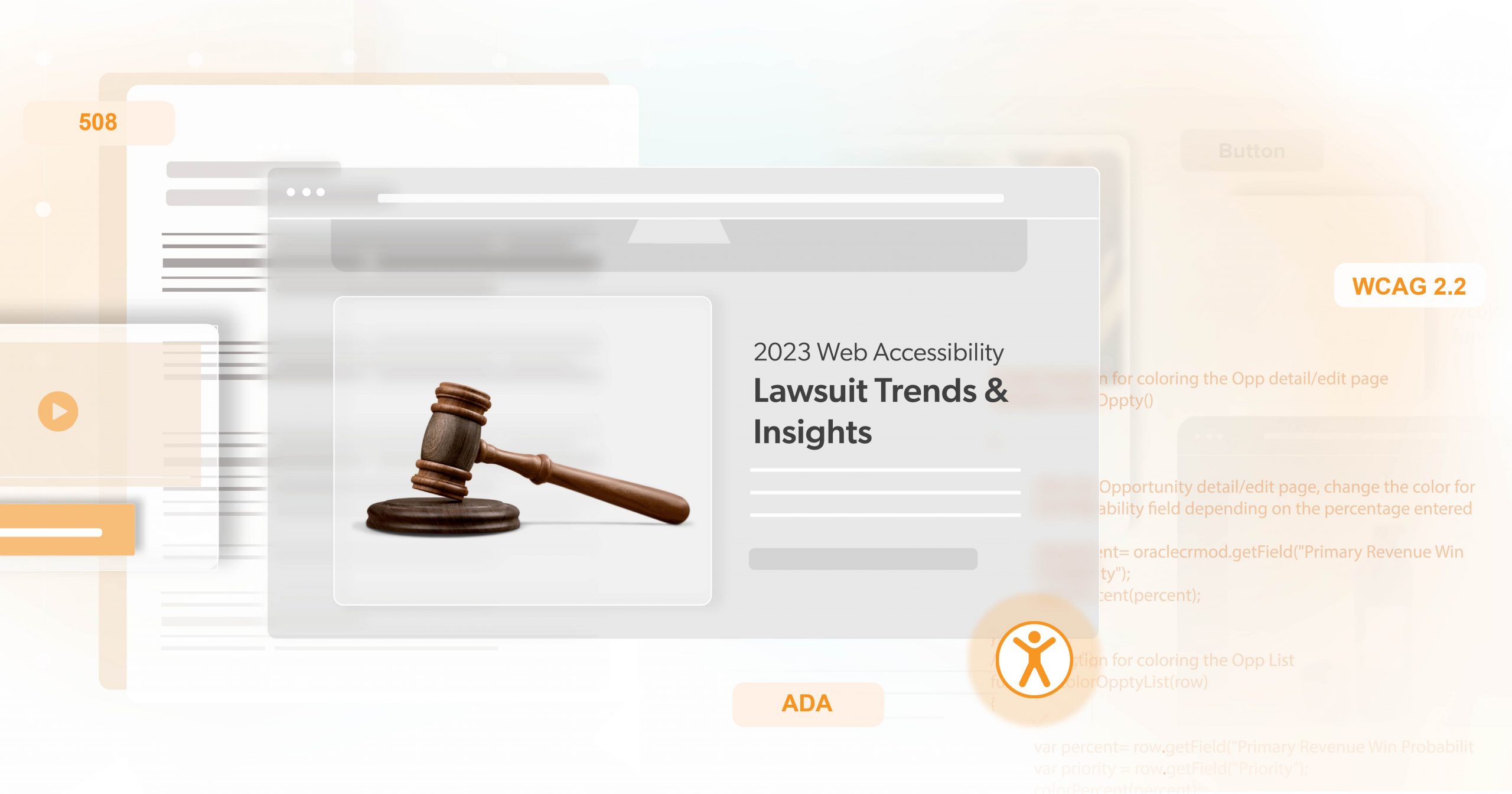As a business owner with an online presence, you’re likely familiar with the importance of keeping up with legal requirements and ensuring your website meets certain standards. However, one area that might not be on your radar but deserves serious attention is web accessibility and the potential for ADA lawsuits.
Understanding Web Accessibility
Web accessibility refers to the practice of ensuring that websites and web applications are usable by everyone, including people with disabilities. This includes making content perceivable, operable, understandable, and robust for all users, regardless of their abilities or disabilities.
The Americans with Disabilities Act (ADA) was enacted in 1990 to prohibit discrimination against individuals with disabilities in all areas of public life, including jobs, schools, transportation, and public and private places that are open to the general public. Over the years, courts have extended ADA requirements to include websites and digital platforms, considering them as places of public accommodation.
The Rise of ADA Lawsuits
In recent years, there has been a significant increase in lawsuits against businesses alleging that their websites are not accessible to individuals with disabilities. These lawsuits typically cite violations of the ADA, claiming that inaccessible websites prevent full and equal access to goods and services.
The cost implications of these lawsuits are often underestimated by businesses. While the immediate financial impact of a settlement can be substantial, the true costs extend far beyond just the monetary figure agreed upon.
Direct Costs: Settlements and Legal Fees
Let’s start with the obvious: the direct costs. When a business is sued for ADA non-compliance, the most immediate expense is usually the settlement paid to the plaintiff. Settlement amounts can vary widely but often range from several thousand to tens of thousands of dollars. In addition to the settlement, businesses often incur significant legal fees defending against these lawsuits, which can escalate quickly depending on the complexity and duration of the case.
Indirect Costs: Reputational Damage and Lost Opportunities
Beyond the financial impact, ADA lawsuits can also have indirect costs that are harder to quantify but equally damaging. One such cost is reputational damage. In today’s digital age, news of an ADA lawsuit can spread quickly through social media and online platforms, potentially tarnishing a business’s reputation and undermining customer trust. For businesses that pride themselves on inclusivity and fairness, being embroiled in an accessibility lawsuit can contradict their values and negatively impact their brand perception.
Moreover, while dealing with a lawsuit, businesses may lose focus on core activities and strategic initiatives. The time and resources spent on legal proceedings could otherwise be invested in improving products and services, expanding market reach, or enhancing customer experiences.
Long-Term Costs: Compliance and Accessibility Upgrades
Perhaps the most overlooked aspect of ADA lawsuits is the long-term cost of achieving compliance and maintaining accessibility. Achieving ADA compliance involves not just fixing issues highlighted in the lawsuit but implementing a comprehensive accessibility strategy that ensures ongoing compliance with evolving standards.
This may include redesigning website elements, restructuring content, integrating assistive technologies, and training staff to create and maintain accessible digital content. These efforts require investments in time, technology, and expertise, all of which contribute to the total cost of addressing accessibility concerns raised by an ADA lawsuit.
The ROI of Web Accessibility
Despite the daunting costs associated with ADA lawsuits, there is a compelling case for investing in web accessibility beyond mere compliance. Research indicates that accessible websites tend to have better usability for all users, resulting in improved user experience, increased engagement, and potentially higher conversion rates. Moreover, catering to a broader audience can open up new market opportunities and enhance customer loyalty.
Taking Action: Protecting Your Business
As a website owner, protecting your business from ADA lawsuits begins with understanding and prioritizing web accessibility. Here are some proactive steps you can take:
- Conduct an Accessibility Audit: Start by assessing your website’s current level of accessibility. Identify areas that need improvement and prioritize fixes based on their impact on usability and compliance.
- Implement Accessibility Best Practices: Familiarize yourself with web accessibility guidelines such as the Web Content Accessibility Guidelines (WCAG). Implementing these best practices not only helps in compliance but also improves usability for all users.
- Train Your Team: Educate your content creators, designers, and developers about accessibility standards and best practices. Encourage a culture of accessibility within your organization to ensure that accessibility considerations are integrated into all aspects of your digital presence.
- Monitor and Maintain Accessibility: Accessibility is not a one-time fix but an ongoing commitment. Regularly monitor your website for accessibility issues and address them promptly. Keep abreast of changes in accessibility standards and technology to stay ahead of potential compliance issues.
- Consult with Experts: If you’re unsure where to start or need guidance, consider consulting with accessibility experts or hiring professionals who specialize in web accessibility audits and remediation.
Conclusion
Navigating the complexities of ADA compliance and web accessibility can seem daunting, but you don’t have to go it alone. The financial and operational impacts of ADA lawsuits can be far-reaching, from legal fees to reputational damage, and the ongoing investment in accessibility upgrades. By proactively integrating web accessibility into your business strategy, you not only mitigate the risk of costly lawsuits but also enhance the overall user experience and showcase your commitment to inclusivity.
At 216digital, we’re here to help you navigate these challenges with ease. Schedule a complimentary ADA strategy briefing with us to gain valuable insights and practical solutions tailored to your needs. Let us help you turn accessibility into a strategic advantage, ensuring that your digital presence is inclusive, innovative, and poised for success.

